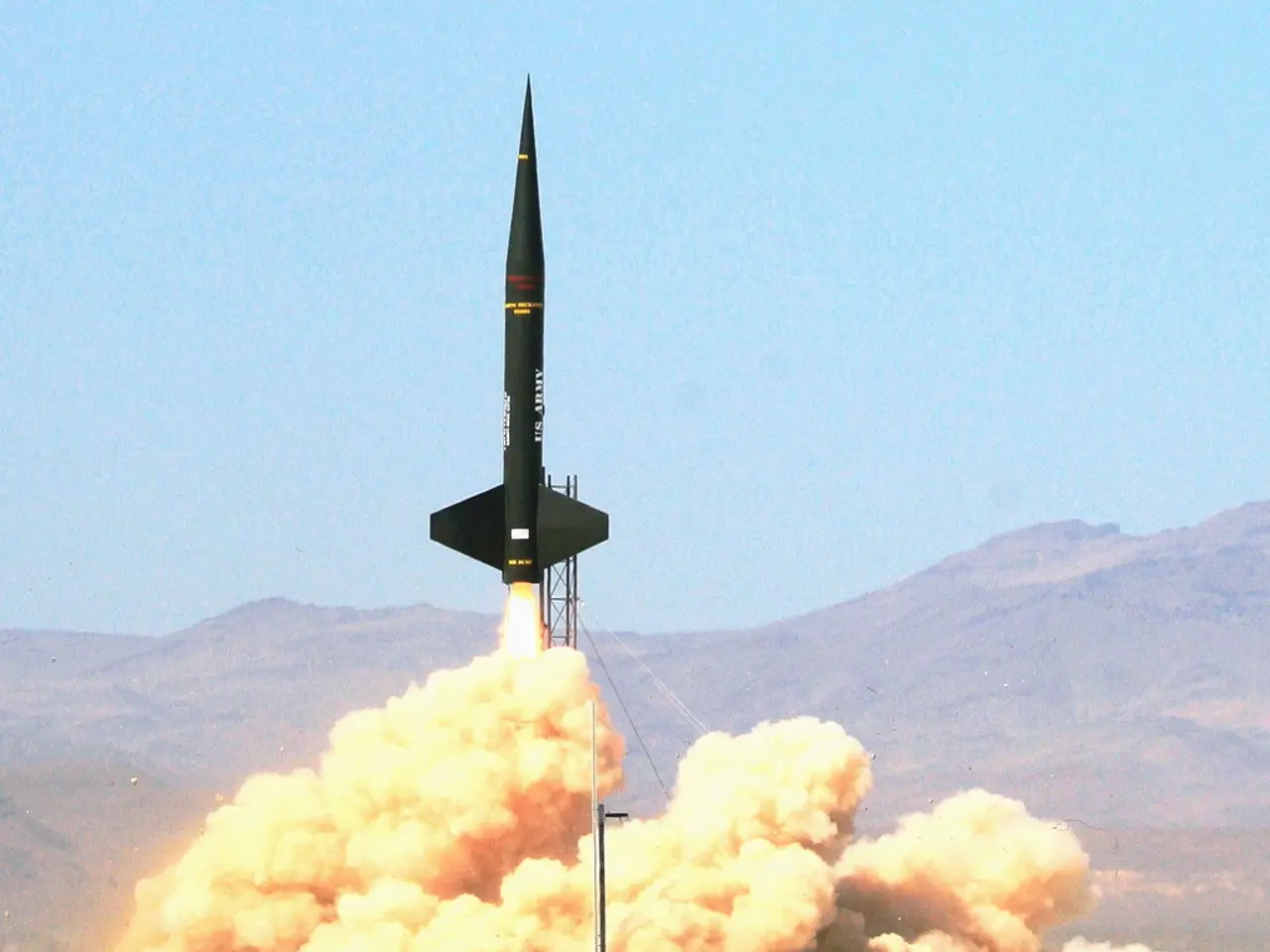Ion-Neutral Interactions: Definition and In-Depth Analysis - Glossary of Astrochemistry
Ion-Neutral Reactions Unveil the Secrets of Complex Organic Molecules in Space
Ion-neutral reactions, a fascinating phenomenon in the realm of astrochemistry, are playing a crucial role in understanding the chemical processes that lead to the formation of complex organic molecules (COMs), essential for life as we know it.
These reactions, occurring in interstellar clouds, are shaped by several key factors. Reaction energetics and barriers, for instance, favour barrierless processes, making them efficient even at the low temperatures of the interstellar medium (ISM). Radiative association and dissociative recombination are common pathways in forming complex PAHs in the ISM, where neutral-neutral reactions may face energy barriers.
The availability of ions and neutrals, such as the methyl cation and PAHs, significantly influences reaction rates and pathways. Favourable conditions for forming complex species arise from abundant ions and certain neutral species.
The low temperature and density conditions of the ISM reduce the impact of reaction barriers, favouring reactions without activation energy, which characterize many ion-neutral processes in astrochemistry. The stability and electronic structure of intermediates, like phenalenyl radicals, also play a crucial role, as their low ionization energies indicate their stability and propensity to exist in the cationic form, favouring ion-neutral reaction channels leading to complex molecules.
Ion-neutral reactions contribute to the formation of polycyclic aromatic hydrocarbons (PAHs) and organics, filling gaps left by less efficient neutral-neutral chemistry. Kinetics and reaction rates tend to be higher than neutral-neutral at the low temperatures typical of space, making them more dominant pathways for building complexity in molecular clouds.
Scientists study ion-neutral reactions in laboratories using techniques such as creating plasmas and utilizing methods like mass spectrometry and spectroscopy. These studies offer insights into the origins of life and the potential for life beyond Earth. The products of ion-neutral reactions in interstellar clouds can provide valuable insights into the conditions that existed in the early universe.
Understanding ion-neutral reactions can aid in the exploration of the origins of life and the potential for life beyond our planet. The products of these reactions are essential building blocks for life, contributing to the formation of water, ammonia, and organic molecules. Ion-neutral reactions can lead to the formation of complex molecules such as PAHs, and they are driven by high-energy radiation from stars.
In summary, ion-neutral reactions in astrochemistry are shaped by reaction barriers, availability of ions and neutrals, radiative association mechanisms, and the stability of ionic intermediates. These factors together enable the efficient synthesis of complex organic molecules, including PAHs, in the cold, tenuous environment of the interstellar medium, where neutral-neutral pathways often face prohibitive energy barriers.
Environmental science and data-and-cloud-computing are crucial tools in the study of ion-neutral reactions, as they help scientists analyze the vast amounts of data collected from space-and-astronomy research. Technology, particularly in the form of advanced laboratory equipment and computer modeling, enables researchers to better understand the intricate processes involved in ion-neutral reactions and the role they play in shaping our understanding of the origins of life and the potential for life beyond Earth.




